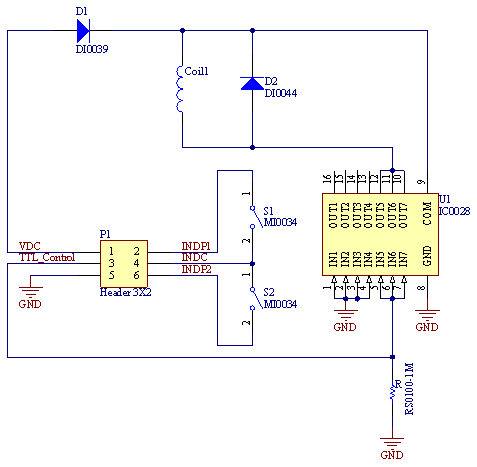We use and have used the ULN2003A in 1,000's of our products. As shown in the below circuit, our customer states that-The collector-emitter diode is a parasitic structure and should not be used to conduct current.
Is there any value/truth to that statement as to how we are using it? This is a 28 VDC device.; The "Coil" is 88 Ohms. So we draw approximately 320 mils to ground.
Thank You,
Barry



